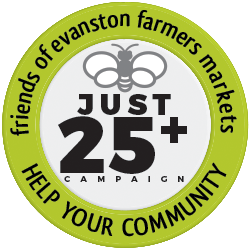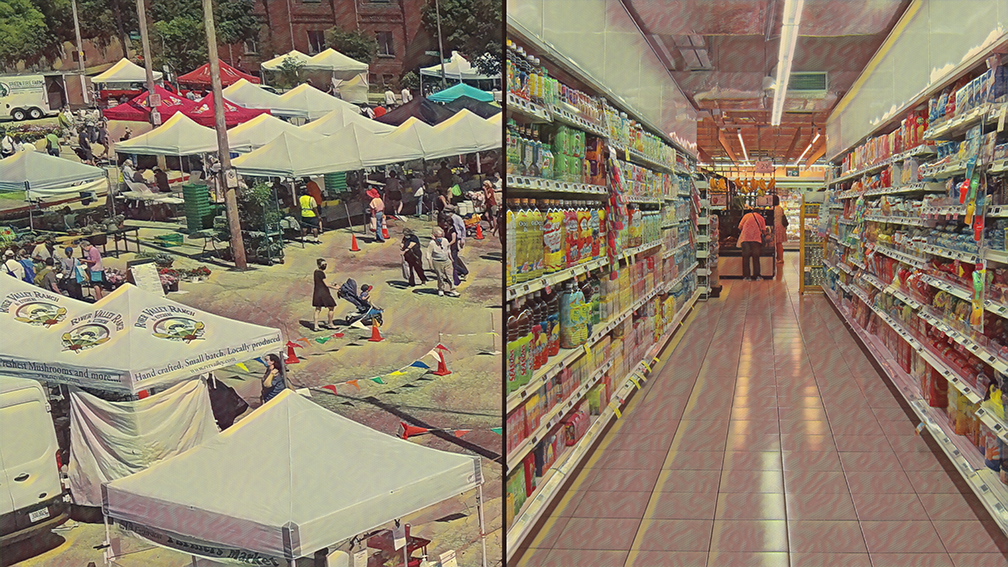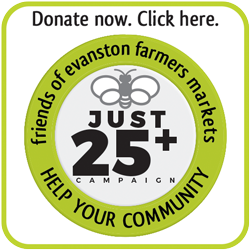Friends’ president, Vikki Proctor, keeps a close eye on food and food policy in the news. She was dismayed at the revelations in a New York Times Guest Essay — but best to let her tell the story.
Vikki writes —
It was disheartening to read that in the debt ceiling crisis compromise, our neediest citizens, those relying on Snap/ Link food subsidies are losing some of their benefits. Why are the poor the low-hanging fruit? Why is it so hard for lower income families to secure healthy food?
With these thoughts in mind, I was drawn to Stacy Mitchell’s NYT essay, “The Real Reason Your Groceries Are Getting Expensive”. I expected to read about climate change, government subsidies wrongly awarded, globalism etc.
Instead, Mitchell discusses the bullying tactics of the big food retailers, Walmart, Kroger. It’s ever so simple. Walmart demands special deals from its suppliers and the shortfall is corrected by charging small retailers more. As Mitchell states, “This isn’t competition. It’s big retailers exploiting their financial control over suppliers to hobble smaller competitors.”
Yet, it wasn’t always this way. The US antitrust policy was on a sensible path in 1936 when the Robinson-Patman Act mandated that suppliers offer same terms to all retailers. When this Act was enforced, independent stores succeeded, with nearly 2 million workers owning or co-owning those neighborhood stores.
In the 1970s, regulators stepped back believing large retailers control of suppliers would lead to reduced prices. The results are in: we now have
* Higher grocery prices
* Food deserts
* Decline of independent grocers
* Fewer dollars to farmers
Hardly, sustainable outcomes.
No happy ending yet but Congress can and SHOULD enforce the Robinson-Patman Act restoring fair practices in the food industry. Without this action, protection of our local farms and access to healthy food for all are unrealistic goals.
In the meantime, I’ll continue to shop in the one place where farms, farmers and consumers can get a fair deal — my local farmers market.
Implicit in Vikki’s final thought is the belief that her local farmers market offers the food she needs at a reasonable price. Is the Downtown Evanston Farmers Market such a place? And for whom?
One thing to understand about our market is that it is big. Between our many farms and all the artisanal vendors, the market is rich with product in almost every category save dairy (other than cheese).
Our market was founded in 1975 by several Evanston citizens. One of them was Harriet Friedlander, who passed away a few years ago. The Evanston Roundtable’s obituary explained, “Harriet founded the Evanston Farmers Market in 1975 out of a desire to be able to buy locally-grown organic produce. Driven out by low-cost grocery chains, farmers markets had disappeared in the Chicago area after the Second World War, but began reappearing in the mid- and late 1970s. The Evanston Market was the very first, and soon was widely emulated in both the city and suburbs.
“Low-cost grocery chains.”
Not many of those around these days. And for families who depend on Snap/Link (food stamps) the news has been bad all year long. (See the links above.) Although pandemic-related increases in Snap payments ceased earlier this year, the farmers market is one place where Snap support hasn’t wavered. For more than a decade, Link card withdrawals have been matched with up to $25 in additional funds raised from government programs, foundations, businesses, and many individual donations.
These match funds are the difference between the farmers market being a luxury versus a necessity. We asked a Link user if they would choose to shop at the market sans matching dollars. “Probably not. Or if I was, it wouldn’t be enough to buy, you know, a week’s worth of groceries.”
It’s not just Link benefits that drive folks to the market. “…the quality of produce is that you can buy it here and it won’t rot in three days in your fridge. So, you know, even, even if you’re buying things at a discount on a grocery store, they end up being…they’re very problematic. They don’t last.”
So here in 2023, grocery prices are uniformly high. Snap benefits have dropped. The Farmers Market continues to offer a matching dollar program that can put almost $700 of buying power at the disposal of families who have the greatest need in managing food costs.

Friends of Evanston Farmers Market has run a simple fundraising program for a few years now. It’s called Just25+, because $25 is all that we ask for from donors. If you can afford more, well, that’s what the “+” is all about. If 25 bucks is a bit rich, we’re happy to accept any amount. Our goal is for people and families to support each other. We haven’t publicized it in several months, but the need for support remains great, and we wanted readers to know that Friends and the families that receive your financial support are grateful for your help.




